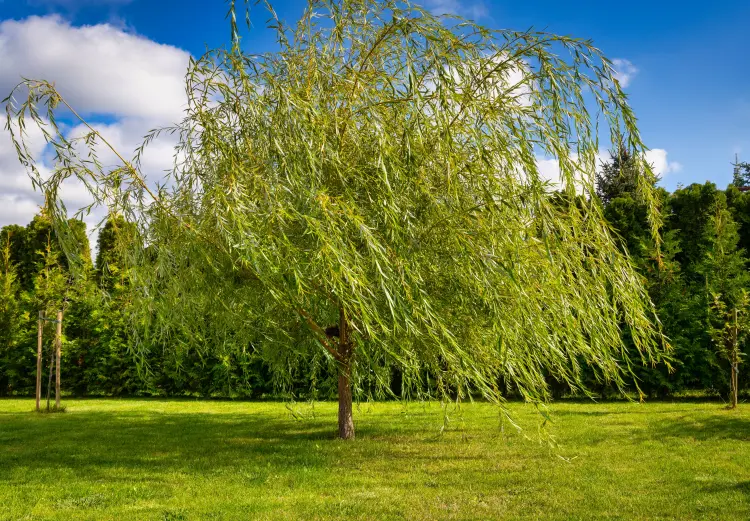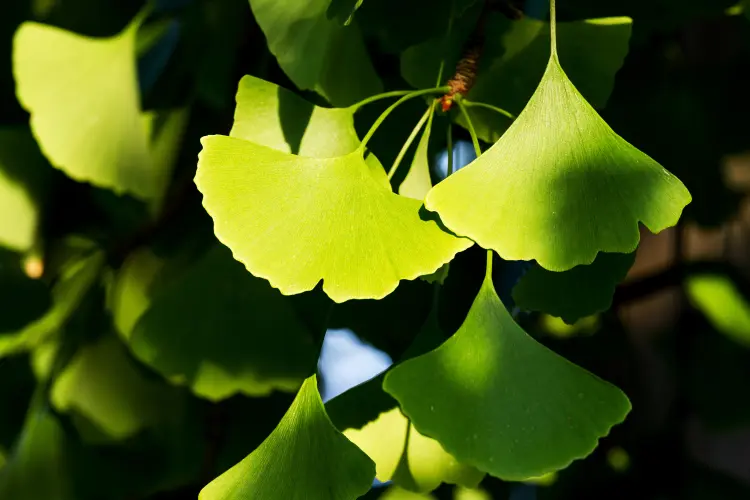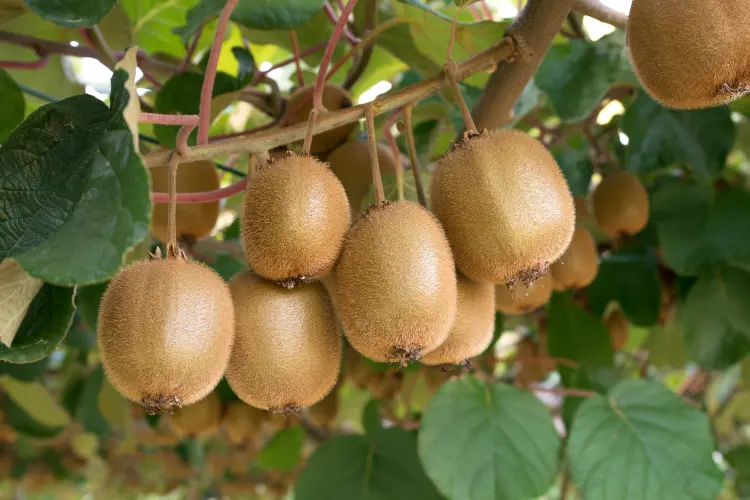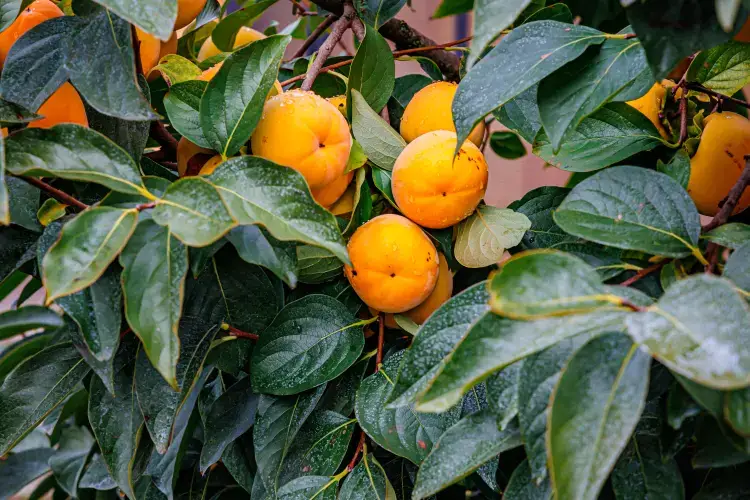Do you know what dioecious trees are and why they can be beneficial for your garden? Unlike most plants that have both male and female flowers on the same individual, dioecious species bear only one sex of flowers on each plant. If you’re curious to learn more and see a list of these unique plants, keep reading!
What Is a Dioecious Plant?
Understanding the reproductive systems of plants is essential for any gardener. Plants can be classified as monoecious or dioecious. Knowing the type of plants in your garden can help avoid potential issues and enhance your gardening success.
Monoecious Trees
- Definition: Monoecious trees have separate male and female flowers, but both types exist on the same tree.
- Pollination: These trees do not require another plant for pollination to produce seeds and fruit. The male and female flowers are typically situated to prevent self-pollination.

Dioecious Trees
- Definition: Dioecious trees have only male or female flowers on each tree, meaning they need another tree of the opposite sex for pollination.
- Characteristics: Male trees often grow faster and live longer. Their flowers are usually vibrant to attract pollinators, and they can reproduce through wind as well.
How Do We Know If the Trees in Our Garden Are Monoecious or Dioecious?

When you purchase a tree from a nursery, the label typically indicates whether it is male or female. However, if you have trees that were not planted by you, determining their type can be more challenging.
Signs to Identify:
- Male Flowers: Trees with male flowers have stamens containing pollen and small filaments.
- Female Flowers: Trees with female flowers possess a stigma designed to receive pollen.
An interesting note: if you suffer from pollen allergies related to a specific tree in your garden, it’s likely a male.
List of Dioecious Trees You Can Plant in Your Garden

If you’re interested in incorporating dioecious species into your garden, it’s essential to plant both male and female trees nearby to ensure pollination and fruit production. Here are four dioecious trees to consider:
1. Persimmon
- Description: This deciduous tree is known for its stunning foliage and delicious fruits. It can reach heights of up to 10 meters and thrives in various soil types and climates.
- Tip: To ripen persimmons faster, expose them to ethylene gas, such as from apples.
2. Willows
- Description: Part of the Salicaceae family, willows are excellent ornamental trees often used to combat soil erosion. They can grow up to 8 meters tall and prefer well-drained soils with plenty of sunlight.
3. Ginkgo Biloba
- Description: This pyramid-shaped tree can reach heights of up to 30 meters and is often referred to as a living fossil, as it has existed for over 150 million years. Ginkgo biloba is highly valued as an ornamental tree due to its resistance to pests and diseases.
4. Kiwi
- Description: The kiwi tree is an exotic plant that can thrive in various environments, including Europe and France. Many common varieties can withstand temperatures up to 15 degrees Celsius outdoors, but the golden variety is recommended for regions with harsher winters.
Conclusion
Dioecious trees are a fascinating addition to any garden, offering unique characteristics and benefits. Understanding the difference between dioecious and monoecious species can enhance your gardening experience and ensure fruitful results. Consider adding these dioecious trees to your garden for a diverse and fruitful landscape!



